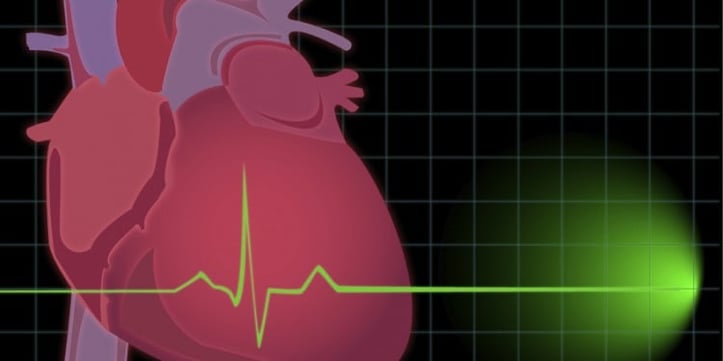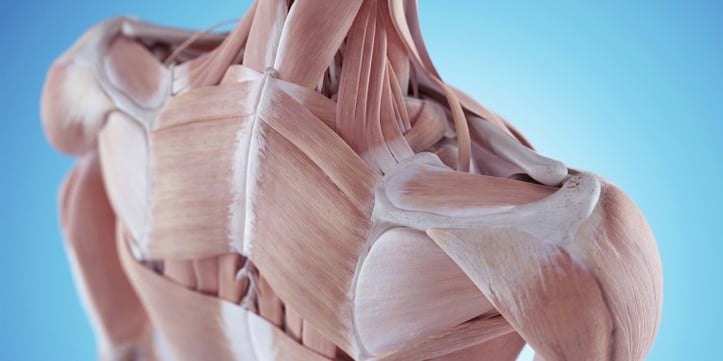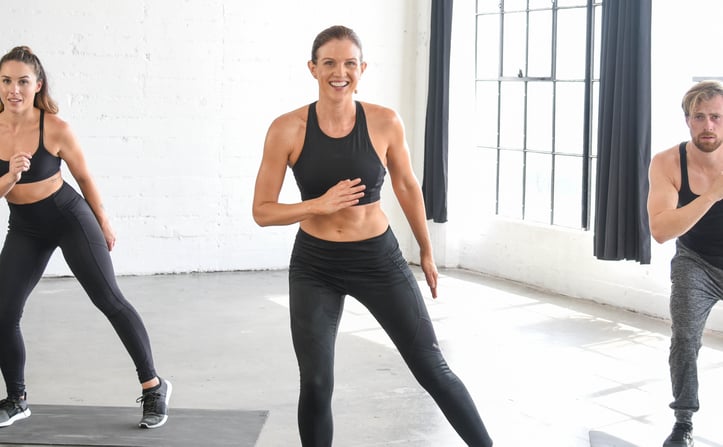Muscle Atrophy Explained: Why Your Muscles Shrink & How to Stop It (Science + Action Plan)

Muscle Atrophy Explained: Why Your Muscles Shrink & How to Stop It (Science + Action Plan)
You've heard the phrase 'use it or lose it'—but when it comes to muscle, it's not just a cliché. Muscle atrophy, the loss of muscle mass, is a real threat that affects everyone from sedentary office workers to aging adults. Let's break down the science, who's at risk, and actionable steps to protect (or rebuild) your muscle.
What Is Muscle Atrophy? The Science Behind Shrinking Muscles
Muscle atrophy occurs when muscle fibers break down faster than they can repair—a mismatch between protein breakdown (catabolism) and protein synthesis (anabolism). According to the National Institutes of Health (NIH), this imbalance is driven by two main triggers:
- Disuse atrophy: Caused by inactivity (e.g., bed rest, cast immobilization, or a sudden drop in exercise).
- Neurogenic atrophy: Linked to nerve damage (e.g., spinal cord injuries, ALS), which disrupts signals between nerves and muscles.
- Age-related sarcopenia: Natural muscle loss starting around 30, accelerating after 60, due to hormonal changes and reduced physical activity.
Key insight: Even 'mild' inactivity—like working from home and skipping daily walks—can trigger disuse atrophy. A 2021 study in JAMA Network Open found desk workers lose ~1% of leg muscle mass annually if they log <5,000 steps/day.
Who's Most at Risk? 3 Groups to Watch
- Sedentary professionals: Sitting for >8 hours/day suppresses muscle protein synthesis by 30% (NIH data).
- Post-recovery patients: After a 2-week leg cast, muscles lose 10-15% mass (ACE research).
- Adults over 50: Sarcopenia affects 10-25% of this group, increasing fall risk by 50% (Harvard Health).
Reverse & Prevent Atrophy: 5 Science-Backed Strategies
1. Prioritize Resistance Training (Even Light Loads!)
You don't need heavy weights. A 2020 Journal of Strength & Conditioning study showed 2x/week bodyweight training (squats, push-ups) reversed 80% of disuse atrophy in 8 weeks. Start with:
- Bodyweight squats: 3 sets of 12 reps
- Wall push-ups: 3 sets of 15 reps
- Glute bridges: 3 sets of 20 reps Pro tip: Add tempo—slowly lower (3 seconds) to boost tension.
2. Up Your Protein Game (Timing Matters)
Muscle repair needs 20-40g of high-quality protein per meal (NIH). Aim for 1.2-2.0g/kg bodyweight daily (e.g., 70kg person = 84-140g). New research: Consuming protein within 2 hours post-workout doubles synthesis rates (NASM guidelines).
3. Boost Non-Exercise Activity (NEAT)
Walk, fidget, take stairs—these 'small moves' matter. A 2022 Cell Metabolism study found increasing daily steps from 5k to 8k preserved 2% more muscle over 6 months than structured workouts alone.
4. Sleep 7-9 Hours (Yes, It's a Muscle Hack!)
Growth hormone (critical for muscle repair) peaks during deep sleep. A University of Chicago study showed 5 hours/night reduces protein synthesis by 15%—equivalent to skipping a workout.
5. Avoid 'Atrophy Traps' (Common Myths)
- Myth: 'Only big weights work.' Fact: Light weights (30% of max) with high reps (20-30) stimulate muscle if taken to fatigue (ACE).
- Myth: 'I’m too old.' Fact: 70-year-olds who start resistance training gain 1-2kg of muscle in 3 months (Harvard).
Your Action Plan: Start Today
Pick 1-2 strategies to implement now:
- Set a step goal (5k → 7k/day).
- Add 2 bodyweight workouts/week (try the squats + push-ups above).
- Track protein intake (use MyFitnessPal—aim for 25g at breakfast!).
Muscle atrophy isn't inevitable. By understanding the science and making small, consistent changes, you can protect (or rebuild) the strength that keeps you moving. Let’s turn 'use it or lose it' into 'use it and thrive.' 💪

Fit vs Fat: Decoding Health's True Ruler

Pump Up Your Heart: Science-Driven Weight Loss

Wellness Technology: Your Path to Sustainable Weight Loss

A Sensible Guide to Dietary New Year's Resolutions

Prevent Shoulder and Rotator Cuff Injuries with Corrective Exercises

Overcome Fitness Plateaus: 4 Tips for Success

10 x 10 Thanksgiving Day Circuit: A Fitness Guide

Unleash Your Fitness Potential with Kit Rich's Training Secrets

The Future of Fitness: A Guide for Beginners to Intermediates

